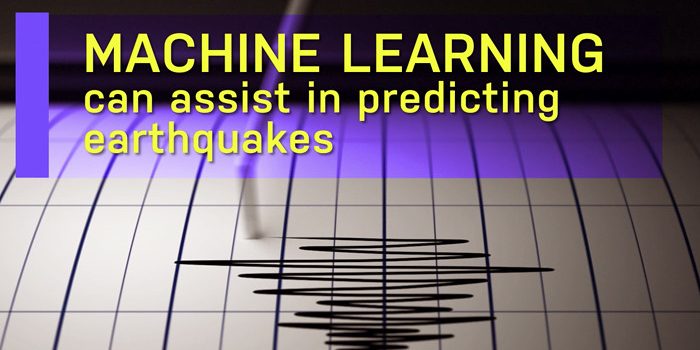LOS ALAMOS, N.M., Nov. 10, 2021—Researchers at Los Alamos National Laboratory are applying machine-learning algorithms to help interpret massive amounts of ground deformation data collected with Interferometric Synthetic Aperture Radar (InSAR) satellites; the new algorithms will improve earthquake detection.
“Applying machine learning to InSAR data gives us a new way to understand the physics behind tectonic faults and earthquakes,” said Bertrand Rouet-Leduc, a geophysicist in Los Alamos’ Geophysics group. “That’s crucial to understanding the full spectrum of earthquake behavior.”
New satellites, such as the Sentinel 1 Satellite Constellation and the upcoming NISAR Satellite, are opening a new window into tectonic processes by allowing researchers to observe length and time scales that were not possible in the past. However, existing algorithms are not suited for the vast amount of InSAR data flowing in from these new satellites, and even more data will be available in the near future.


